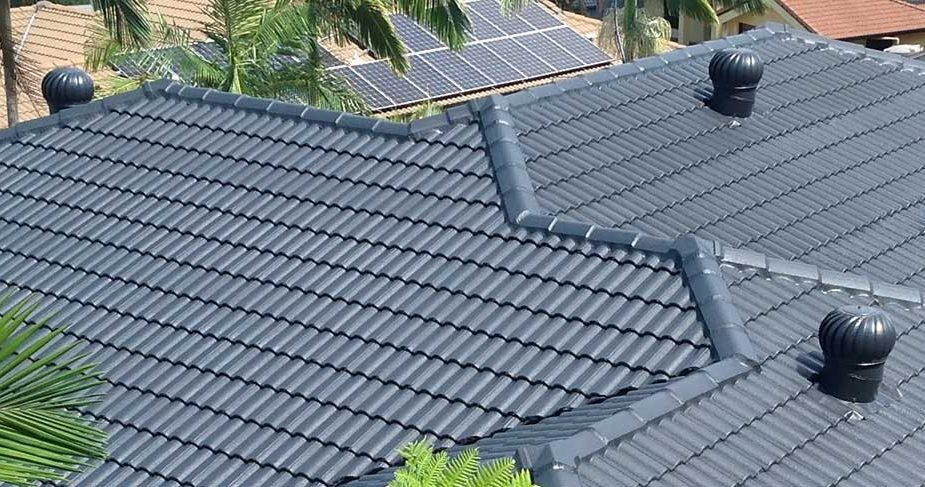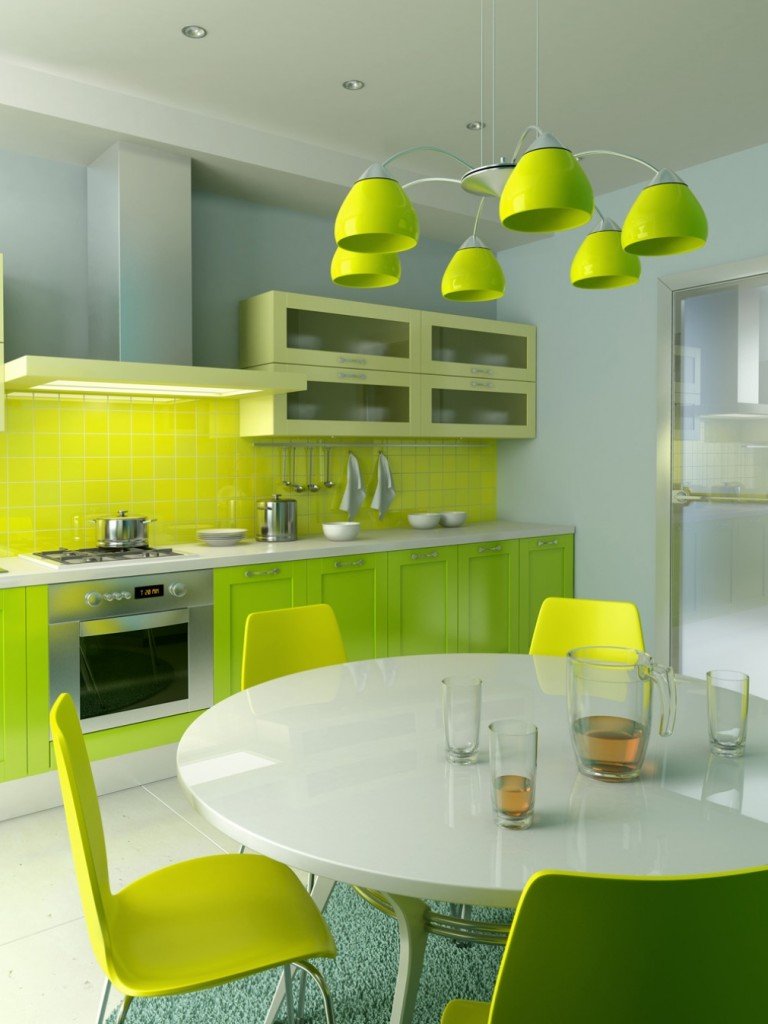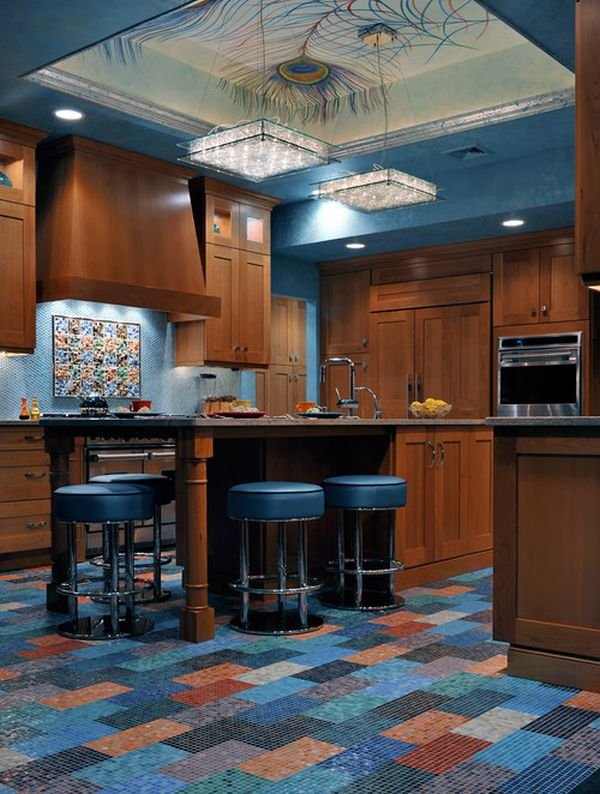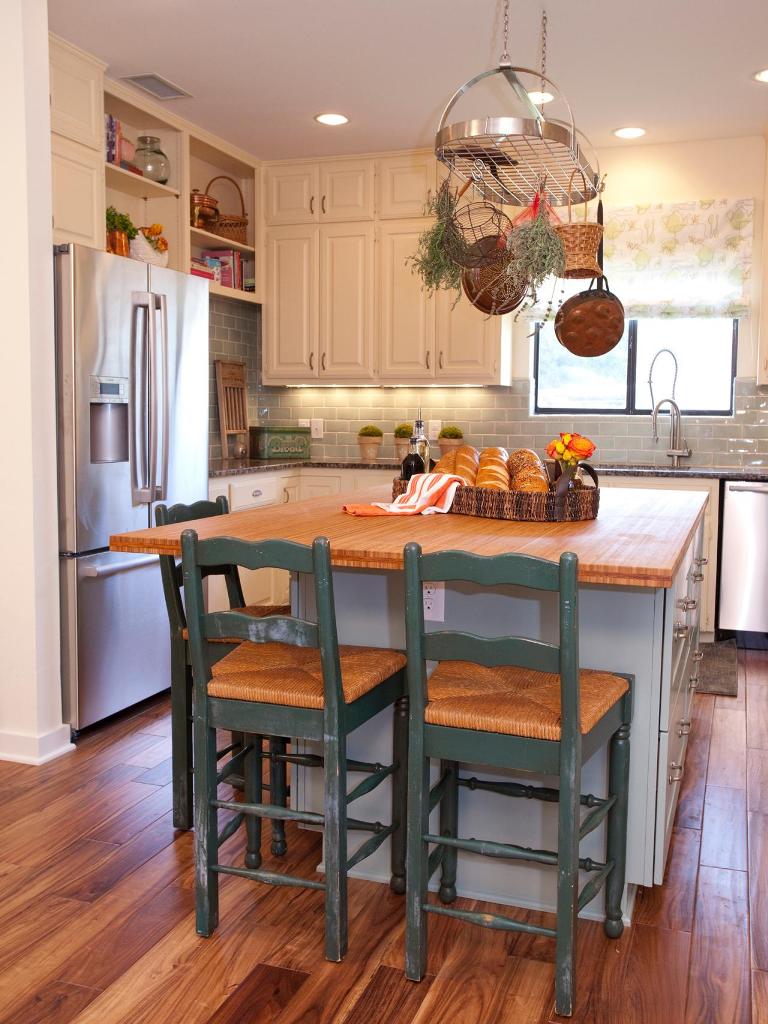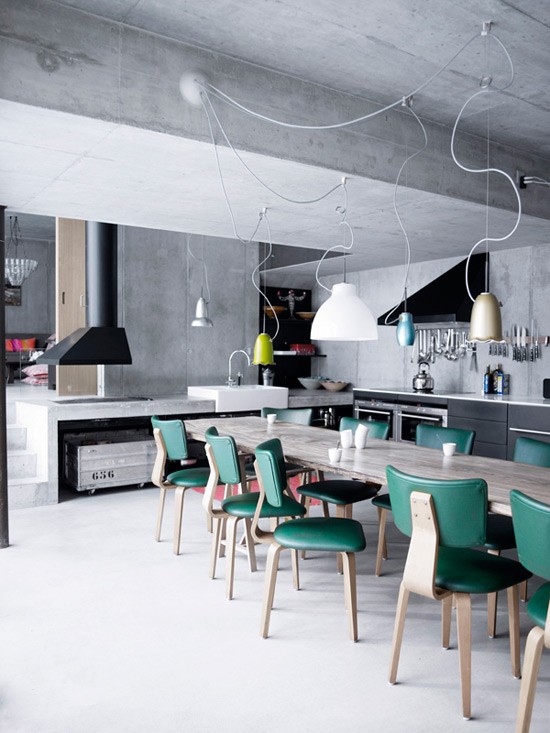In an era where environmental concerns are at the forefront, finding sustainable solutions to reduce our carbon footprint and promote energy efficiency is of paramount importance. One such solution that has gained popularity is the installation of whirlybirds, also known as turbine ventilators or roof ventilators. Whirlybirds are an environmentally friendly and cost-effective method of improving ventilation and reducing energy consumption in buildings. This article will explore the environmental benefits of whirlybird installation and highlight why they are a worthwhile investment for both residential and commercial properties.
Energy Efficiency and Reduced Cooling Costs
One of the significant environmental benefits of whirlybird installation is its contribution to energy efficiency. Whirlybirds utilize natural wind energy to improve airflow within a building, effectively ventilating the space and reducing the need for mechanical cooling systems such as air conditioners. By harnessing wind power, whirlybirds help dissipate heat buildup in attics, reducing the overall temperature inside the building.
Lowering the temperature inside a building has a direct impact on energy consumption. With a well-ventilated space, the reliance on air conditioning is significantly reduced, resulting in lower electricity consumption. By minimizing the use of cooling systems, not only do whirlybirds reduce energy bills for property owners, but they also help decrease the demand for electricity, which in turn reduces greenhouse gas emissions associated with power generation.
Improved Indoor Air Quality
Indoor air quality is crucial for the health and well-being of occupants. Poor ventilation can lead to the accumulation of pollutants, excess moisture, and unpleasant odors, which can contribute to respiratory problems, allergies, and overall discomfort. Whirlybirds play a vital role in improving indoor air quality by facilitating the exchange of stale indoor air with fresh outdoor air.
These roof ventilators work on the principle of convection, where the spinning action created by wind or temperature differences draws out hot, stale air from the building. As hot air rises, it is expelled through the whirlybird, creating negative pressure that pulls in cooler air from outside. This continuous exchange of air helps remove pollutants, excess moisture, and odors, creating a healthier and more comfortable indoor environment.
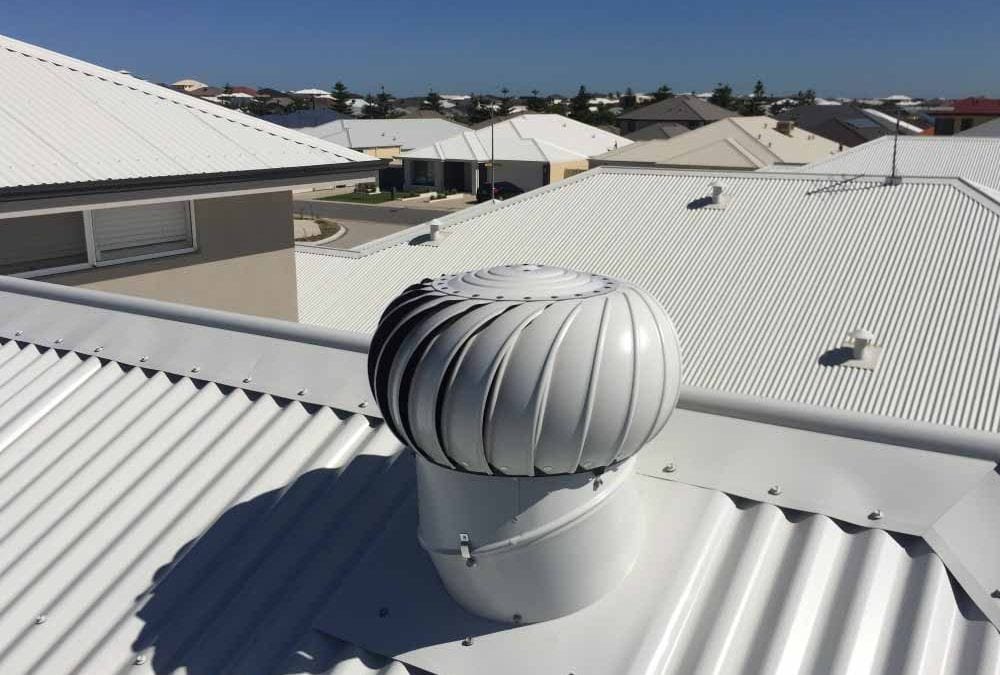
Natural Lighting and Reduced Need for Artificial Lighting
Whirlybirds not only improve ventilation but also promote natural lighting inside buildings. Traditional fixed vents or static ventilators may obstruct the path of sunlight, but whirlybirds allow natural light to enter the space while facilitating air circulation. The inclusion of natural light reduces the reliance on artificial lighting during daylight hours, leading to a reduction in electricity consumption.
By decreasing the demand for artificial lighting, whirlybirds contribute to energy conservation and reduce the associated greenhouse gas emissions from power plants. This benefit is particularly valuable in commercial buildings where lighting needs are high, and the potential for energy savings is significant.
Extended Lifespan of Roofing Materials
The excessive buildup of heat and moisture in the attic can have adverse effects on roofing materials, leading to premature deterioration and the need for frequent replacements. Whirlybirds help alleviate these issues by effectively venting the attic space, thus reducing heat and moisture buildup.
By maintaining a cooler and drier attic environment, whirlybirds can extend the lifespan of roofing materials. This reduction in roof replacements not only saves resources but also minimizes the environmental impact associated with manufacturing and disposing of roofing materials. Furthermore, prolonged roof durability reduces the amount of waste generated during construction and renovation projects.
Reduction in Carbon Footprint and Environmental Impact
The installation of whirlybirds contributes to a reduction in carbon footprint and environmental impact in multiple ways. By reducing energy consumption, particularly from cooling systems, whirlybirds help decrease the demand for fossil fuel-based electricity generation, thus reducing greenhouse gas emissions. Additionally, the improved indoor air quality and natural lighting provided by whirlybirds decrease the need for energy-intensive ventilation and artificial lighting systems, further reducing carbon emissions.
Moreover, the extended lifespan of roofing materials resulting from whirlybird installation reduces the demand for new materials and lowers the environmental impact associated with their production and disposal. When considering the cumulative effect of these benefits across numerous residential and commercial properties, the environmental impact can be significant.
Conclusion
Whirlybirds offer a range of environmental benefits, making them a sustainable and cost-effective solution for improving ventilation and reducing energy consumption in buildings. From enhanced energy efficiency and reduced cooling costs to improved indoor air quality and the extended lifespan of roofing materials, the installation of whirlybirds has far-reaching positive effects. By embracing such environmentally friendly technologies, we can move towards a greener future, reduce our carbon footprint, and create healthier living and working spaces for present and future generations.

